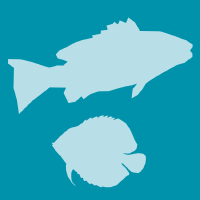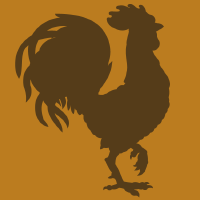Topic Menu
► Topic MenuTopic Editors


Feeding Strategies to Improve Sustainability and Welfare in Fish and Poultry Production
Topic Information
Dear Colleagues,
Fish and poultry production are critical components of the world's food supply, providing a significant source of protein and essential nutrients for humans. However, traditional methods of feeding these animals often rely on unsustainable and food-competitive ingredients, which can have negative impacts on the environment and animal welfare. Developing new feeding strategies that are both sustainable and promote animal welfare is essential for the long-term success of the livestock industry. The aim of this topic is to investigate innovative feeding strategies that can improve sustainability and animal welfare in fish and poultry production. The primary objective is to highlight research that has investigated alternative feed ingredients, immunostimulants, feed formulations, and feeding systems that can enhance animal health, reduce environmental impact, and improve the overall efficiency of animal farming. In this project, original research articles and reviews are welcome.
Research areas may include (but are not limited to) the following:
- Alternative feed ingredients for fish and poultry, including insects, microalgae, and single-cell protein sources.
- Innovative feed formulations that promote animal health and welfare.
- Feeding systems that improve efficiency and sustainability, such as precision feeding and automated feeding systems.
- Nutritional strategies that optimize the use of feed resources and reduce waste.
- The impact of feeding strategies on the environmental footprint of fish and poultry production.
- The economic and social implications of adopting new feeding strategies in the livestock industry.
We look forward to receiving your contributions.
Dr. Sihem Dabbou
Dr. Giulia Secci
Topic Editors
Keywords
- sustainability
- fish
- poultry
- welfare
- behavior
- feed alternatives
Participating Journals
| Journal Name | Impact Factor | CiteScore | Launched Year | First Decision (median) | APC | |
|---|---|---|---|---|---|---|

Animals
|
2.7 | 4.9 | 2011 | 16.1 Days | CHF 2400 | Submit |

Aquaculture Journal
|
- | - | 2021 | 25.8 Days | CHF 1000 | Submit |

Fishes
|
2.1 | 1.9 | 2016 | 18.2 Days | CHF 2600 | Submit |

Life
|
3.2 | 4.3 | 2011 | 18 Days | CHF 2600 | Submit |

Poultry
|
- | - | 2022 | 22.5 Days | CHF 1000 | Submit |

MDPI Topics is cooperating with Preprints.org and has built a direct connection between MDPI journals and Preprints.org. Authors are encouraged to enjoy the benefits by posting a preprint at Preprints.org prior to publication:
- Immediately share your ideas ahead of publication and establish your research priority;
- Protect your idea from being stolen with this time-stamped preprint article;
- Enhance the exposure and impact of your research;
- Receive feedback from your peers in advance;
- Have it indexed in Web of Science (Preprint Citation Index), Google Scholar, Crossref, SHARE, PrePubMed, Scilit and Europe PMC.

